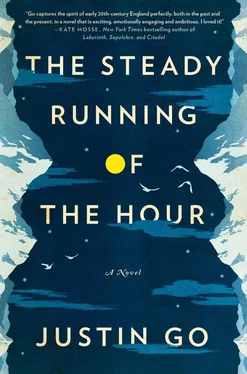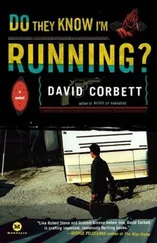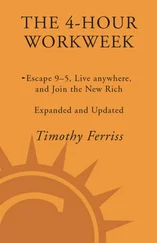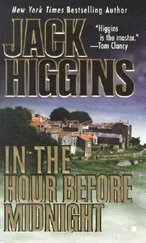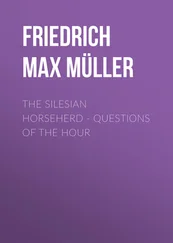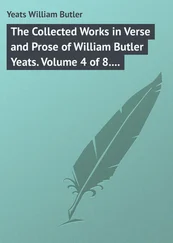— I told her I didn’t know. Do you know?
— Certainly I do.
— Would you care to explain it?
Price grins. — Certainly not.

Fluorescent light floods the Underground carriage. I listen to the recorded woman’s voice announcing each station. Warren Street. Euston. King’s Cross St. Pancras. I rise.
Sheets of rain lash Euston Road as I run west, holding a copy of the Guardian over my head. The newspaper curls with moisture. Black taxis sail by at twenty miles an hour, measured out in fleets by the switching traffic lights. I walk through a red-brick gatehouse, the sandstone lintel above inscribed THE BRITISH LIBRARY. A huge bronze statue of Newton sits in the courtyard, the scientist mining the secrets of the universe by some obscure instrument.
I enter the cavernous building and put my belongings in a locker downstairs. In the admissions office a clerk gives me a number and tells me to wait. When my number comes, I plead my case for several minutes. The clerk grants me a plastic reader’s card with a photograph of myself, my gaze directed slightly off-camera.
The library is much bigger than my university library and I have no idea where to start. So I take brochures from a display and sit before the glass tower of King’s Library, scanning the leaflets quickly. The British Library is a legal deposit library, which means it has a copy of every book printed in the UK and many printed elsewhere. It holds 150 million items and there are eleven reading rooms at this site, each specializing in a subject.
I begin in the two-level humanities room. Everything is in rows: scholars seated shoulder-to-shoulder, scores of computer terminals, neat queues of patrons waiting to collect their books from the circulation desk. I follow the perimeter of the massive room, scanning the reference works that line the shelves. The National Union Catalog, ten bookcases wide. Huge and ancient leather-bound dictionaries in Latin and French. I pull the 1922 to 1930 supplement of the Dictionary of National Biography and look for Walsingham. No entry.
Walking along the shelves, I reach the geographic reference section. At last I find an entry in a volume of the Encyclopedia of Exploration .
Walsingham, ASHLEY EDMUND (1895–1924), mountaineer, was born at Sutton Courtenay, Berkshire, 16 April 1895, the only child of Henry Franklin Walsingham (1865–1909), a textile merchant, and his wife, Emily Symons Fitzgerald (1869–1933). Walsingham was educated at Abingdon School, Charterhouse, and Magdalene College, Cambridge, where he matriculated in 1914. He left Cambridge after a single term and took a commission as a 2nd lieutenant in the Royal Berkshire Regiment. Posted to the Western Front in August 1916, Walsingham survived two years of dangerous front line service, taking part in both the Somme and Third Ypres actions. In the British attack on Empress Redoubt on 5 November 1916, Walsingham was so badly wounded that his commanding officer mistakenly reported him dead. He was later decorated with the Military Cross for his actions in taking a German trench.
From the age of 16 Walsingham was an avid mountaineer, climbing on rock and ice in the Alps to a high standard. He was demobilized from the army at the age of 23, but the war had left an indelible impression on Walsingham, and his failure to readjust to civil life made mountaineering ever more important. An inheritance from a wealthy relative in 1913 enabled Walsingham to live without the need to earn his own income. In 1919, Walsingham attempted to return to his studies at Cambridge, but left within a month and spent the summer climbing in the Dolomites. In October, Walsingham sailed to Mombasa to manage a coffee plantation in Kenya, and although the business was profitable, he found it morally distasteful.
In May 1921, Walsingham again returned to the Alps for an admirable season of climbing, but rather than returning to Kenya that autumn, Walsingham sailed to Aden. He travelled the length of the Arabian Peninsula, often on foot, collecting material for a treatise on the ‘lost cities’ of the Arabian Desert. In 1922, Walsingham briefly assisted the excavation at Ur under Sir Charles Leonard Woolley, and later at Kish under Stephen Langdon. However, the majority of Walsingham’s two years in Arabia were spent searching for the so-called ‘Iram of the Pillars’ in the vicinity of the Rub’ al Khali desert. These efforts were hampered by his weak command of Arabic and other Semitic languages, and in April 1923 Walsingham telegraphed Hugh Price, IRAM VANISHED MEET ST MORITZ JUNE ASHLEY.
Walsingham reached Switzerland by June, and in the following three months he would achieve the most impressive season of any British alpinist to date. In a series of spectacular climbs Walsingham scaled obscure peaks and pioneered new or difficult routes, including a first ascent of Piz Badile by the Badilekante route on 9 July 1923, and a harrowing first ascent of the North Face of the Dent d’Hérens on 2 August 1923. Geoffrey Winthrop Young estimated that among his peers Walsingham was ‘the least naturally gifted, the least graceful; also the most driven, most relentless and most indestructible climber I ever saw on a mountain’.
Walsingham had always been a staunch advocate of guideless climbing, but his later ascents were notable for their daring, particularly his perseverance in the face of deteriorating weather; he developed a reputation as an insular, mercurial climber, his keen mountain sense governed by instinct rather than intellect. Hugh Price later wrote that Walsingham ‘was introspective to a fault, except while climbing, where he compensated by never thinking at all’. On several occasions Walsingham is said to have saved his climbing party from disaster, avoiding rockfalls and avalanches, and navigating safe routes under harrowing conditions. On 20 August 1922 he famously arrested the fall of two climbing partners on the Grandes Jorasses, anchoring his rope around the head of his ice axe barely in time to secure the belay.
The initial 1921 expedition to Mount Everest was little more than a reconnaissance, and the climbing party led by Hugh Price struggled to find a feasible route towards the summit. Walsingham applied for a place on the 1922 Everest expedition, but was not accepted despite Price’s endorsement, possibly because the committee judged Walsingham’s temperament unreliable — he was known as an irreverent, even impertinent climber whose inherent mistrust of authority had been cemented by the war. Walsingham contributed money to the expedition in spite of this rejection, a gesture that impressed the committee and may have won him his place upon the third Everest expedition in 1924. He trained rigorously through the winter of 1923–4, conditioning himself according to the latest athletic principles, and even consulting a professional coach. But the British climbing community, committed to genteel amateurism, regarded such methods with suspicion, with the predictable result that although inexperienced at high altitude, Walsingham was probably the strongest member of the 1924 expedition.
From its arrival at the Rongbuk Glacier in April 1924, the third Everest expedition was plagued by bad weather, and the climbers established their high camps on the North Col only at great cost to their physical fitness. Walsingham suffered particularly from a throat injury, acquired in the war and exacerbated by the altitude. On 4 June Walsingham wrote to Young that he felt ‘weaker than a child, sicker than an invalid, and madder than any fiend who ever chopped steps in ice. But certain, terribly certain, that I must and shall make it to the top’. On 7 June Price and Walsingham made an attempt on the summit without supplemental oxygen. Traversing the north face of the mountain, Price was pushed back by snowblindness, but Walsingham insisted on continuing towards the summit alone.
Читать дальше
